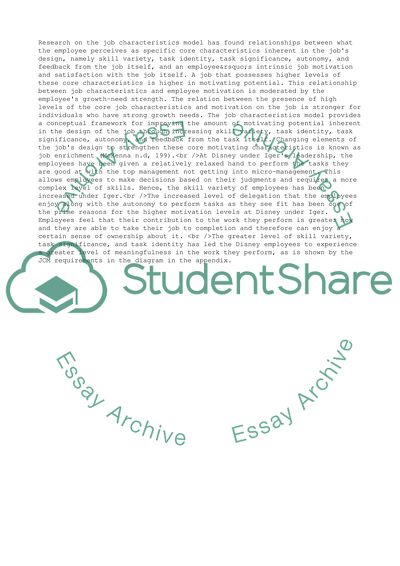Cite this document
(Motivation in Job Characteristics Modeling Case Study Example | Topics and Well Written Essays - 1750 words, n.d.)
Motivation in Job Characteristics Modeling Case Study Example | Topics and Well Written Essays - 1750 words. https://studentshare.org/management/1512974-motivation-case-study
Motivation in Job Characteristics Modeling Case Study Example | Topics and Well Written Essays - 1750 words. https://studentshare.org/management/1512974-motivation-case-study
(Motivation in Job Characteristics Modeling Case Study Example | Topics and Well Written Essays - 1750 Words)
Motivation in Job Characteristics Modeling Case Study Example | Topics and Well Written Essays - 1750 Words. https://studentshare.org/management/1512974-motivation-case-study.
Motivation in Job Characteristics Modeling Case Study Example | Topics and Well Written Essays - 1750 Words. https://studentshare.org/management/1512974-motivation-case-study.
“Motivation in Job Characteristics Modeling Case Study Example | Topics and Well Written Essays - 1750 Words”. https://studentshare.org/management/1512974-motivation-case-study.


